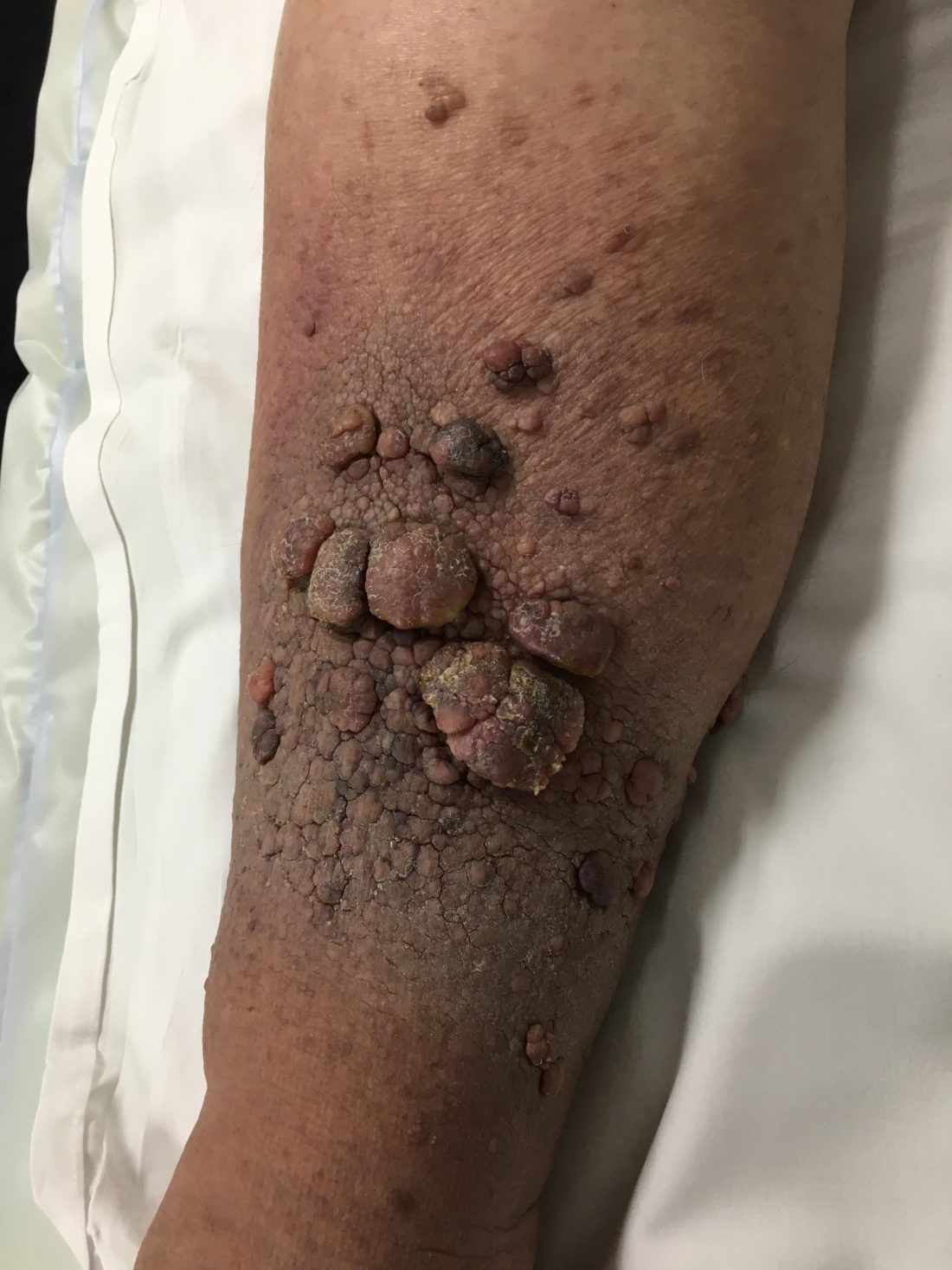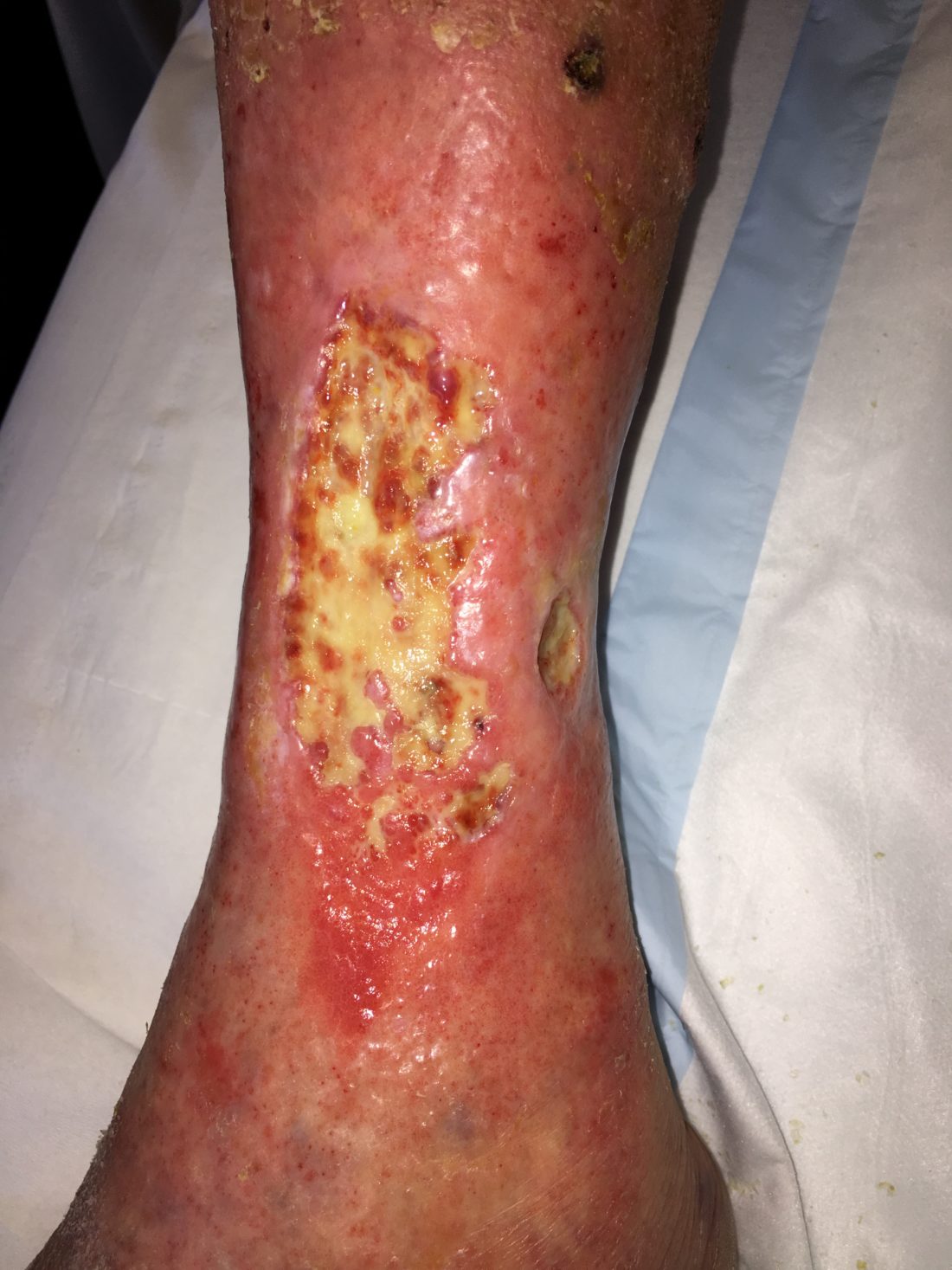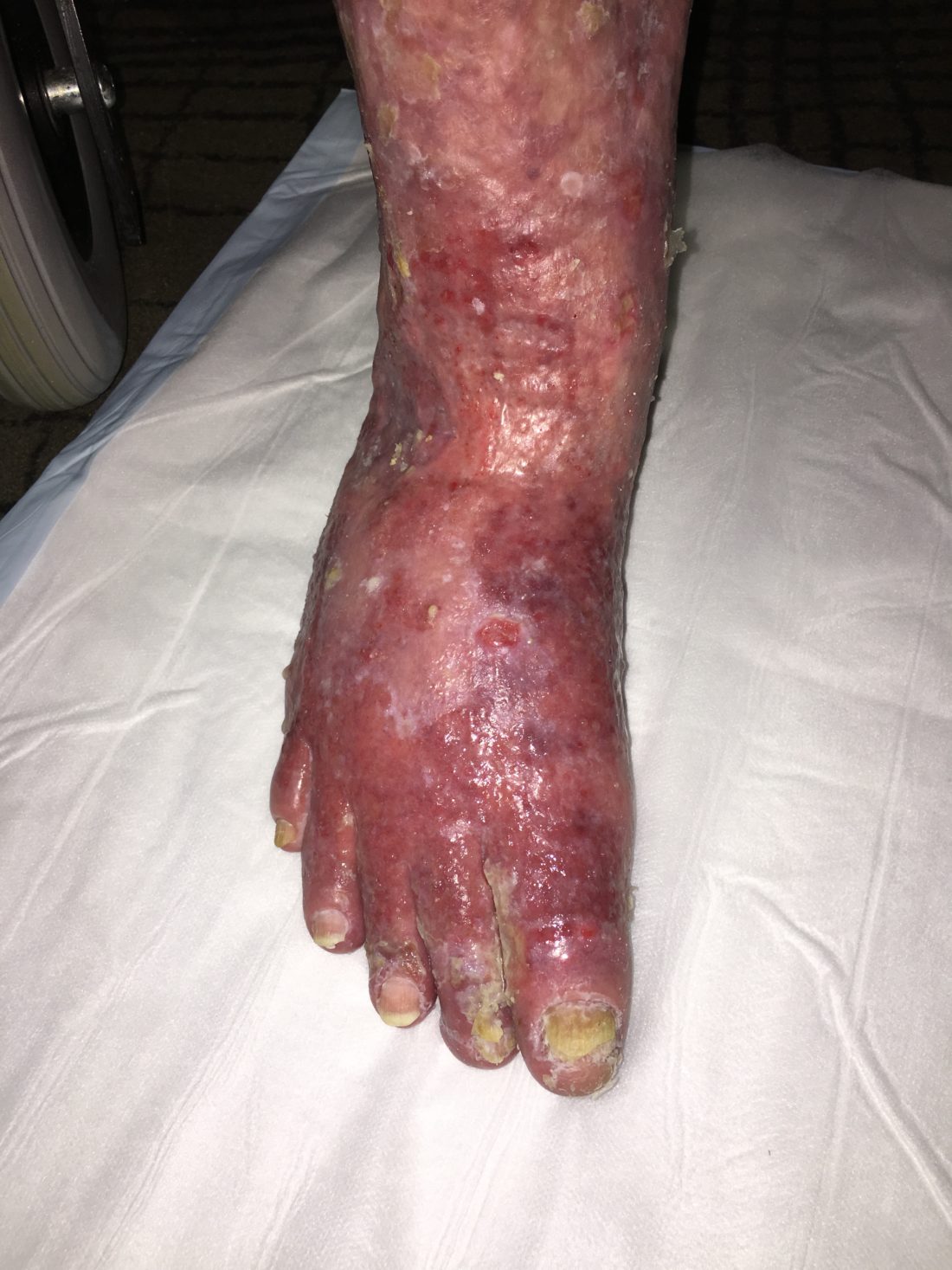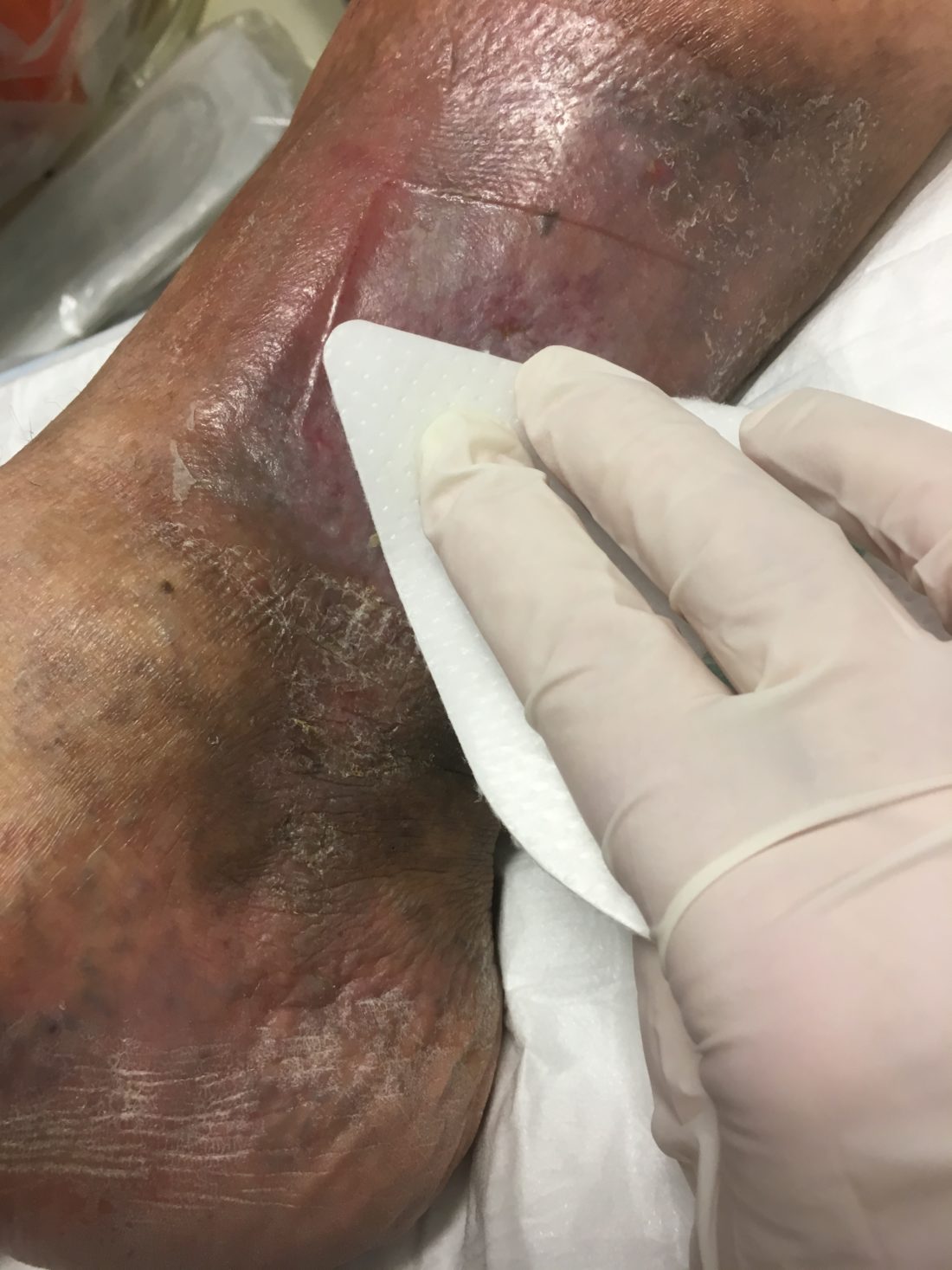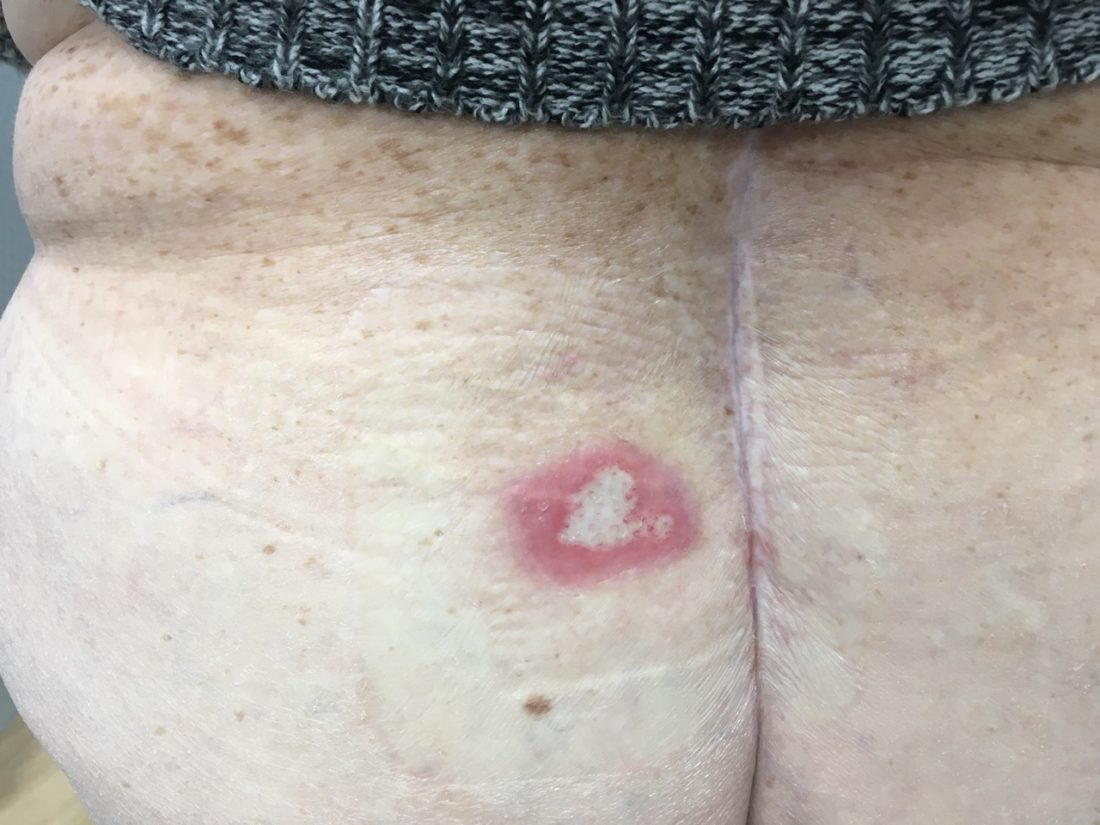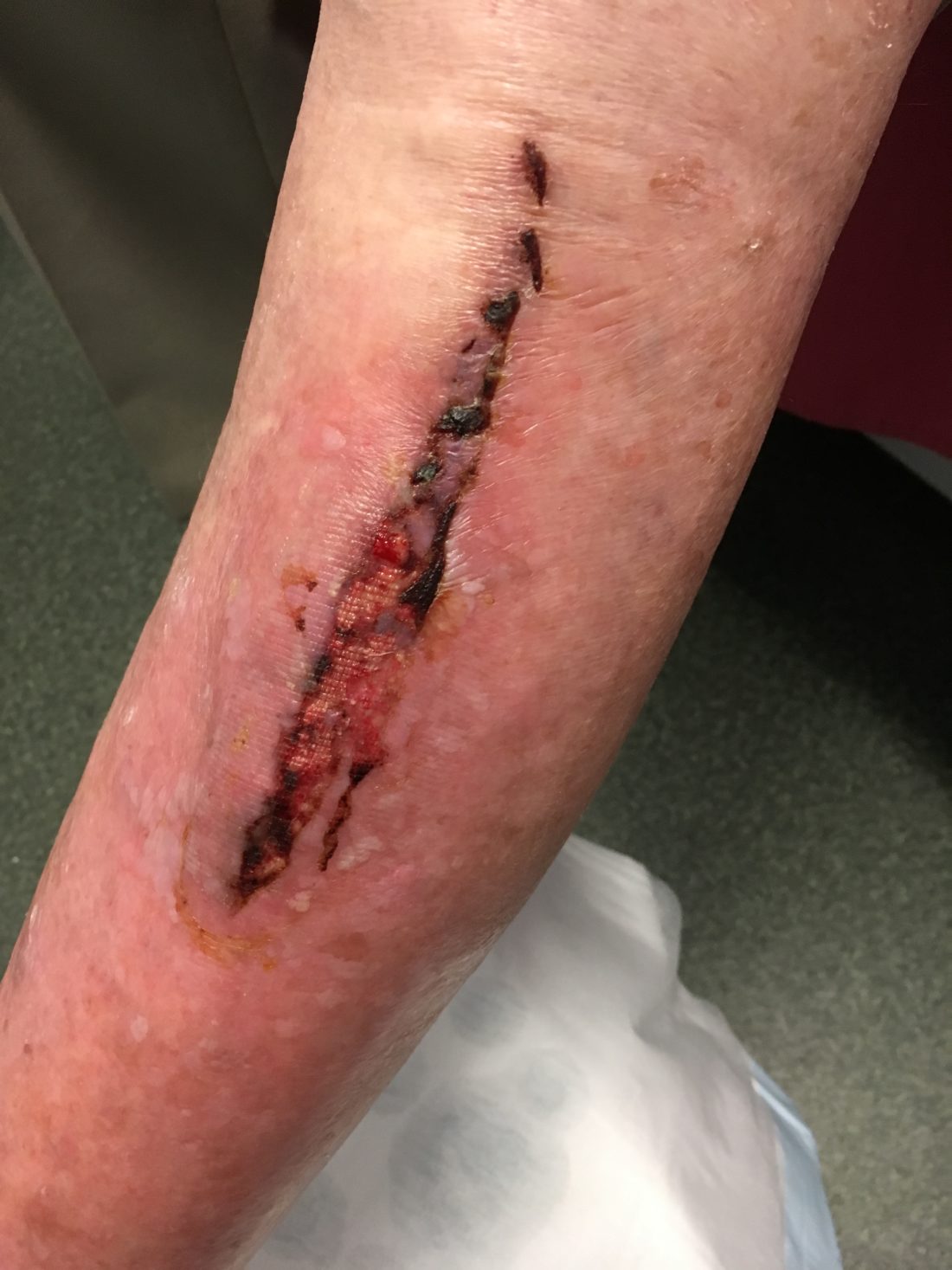1 October 2018
In
News
By
thewoundguy
Lymphoedema occurs when the skin swells due to an abnormality in the lymphatic drainage system. Mehrara & Greene state that the fluid which underpins the swelling is known to cause persistent inflammation, scarring and fat cell (adipose) deposition. The authors further report that body mass
28 August 2018
In
News
By
thewoundguy
O’Donnell and colleagues report the following statistics on venous leg ulcer recurrence (after wound closure had been achieved) : 67% for those receiving no compression; 28% for those receiving compression therapy only; 12% for those treated with superficial venous surgery and compression therapy together. J
2 August 2018
In
News
By
thewoundguy
In the June 2018 edition of Wounds Australia's Newsletter "Deeps Tissues", Priscilla Taylor graciously shares her very personal experience (and that of her friend) who both receive radiation therapy to the breast.
Both individuals decided to use two different topical approaches throughout their treatment fractions in
30 July 2018
In
News
By
thewoundguy
Ellie, Lynn and the Leg Club Foundation team have once again produced a marvellous program for their 2018 Conference.
Entitled "The Challenge of Improving Practice in Wound Management", the event features a diverse sequence of workshops and fabulous plenary speakers.
Wendy White will bring an Australian perspective
16 July 2018
In
News
By
thewoundguy
http://www.woundaware.com.au/a-five-point-plan-to-reduce-the-burden-of-chronic-wounds/#1531204501428-e0c47016-50ee
Wounds Australia has proposed a comprehensive plan in order to improve the awareness of and the treatment for perople living with chronic wounds.
15 July 2018
In
News
By
thewoundguy
Many health professionals are by now aware that regular debridement enhances the repair of chronic and complex wounds (eg. venous leg ulcers, diabetic foot ulcers, pressure injury and surgical wound dehiscence). A large number of patients with these types of wounds are cared for in
11 July 2018
In
News
By
thewoundguy
Dr Rachel Webb reports in the latest Journal of Wound Care on a meeting conducted in the House of Lords which was convened to discuss a National Wound Care Strategy. During the meeting it was stated that community nurses perform 74% of all wound care.
26 June 2018
In
News
By
thewoundguy
Every winter I see patients who experience deep burns from their hot water bottles. The devices are wrapped but often placed directly over areas of skin. The dissipation of heat into tissue is slow and insidious. The contact time is many minutes or even hours.
17 June 2018
In
News
By
thewoundguy
In her recent Wound Source blog post, Dr Aletha Tippett reminds us that Clostridium tetani remains an ever present bacterium - primarily found in soil and faeces.
Whilst most Westernised countries have eliminated this infection through immunization, increased international transit from regions with poor rates of
2 June 2018
In
News
By
thewoundguy
Microbial resistance is an issue of concern for those of us who care for individuals who experience hard-to-heal wounds. The principles of wound bed preparation and biofilm based wound intervention direct us towards adequate tissue debridement and targeted use of antimicrobials. Rippon et al have



